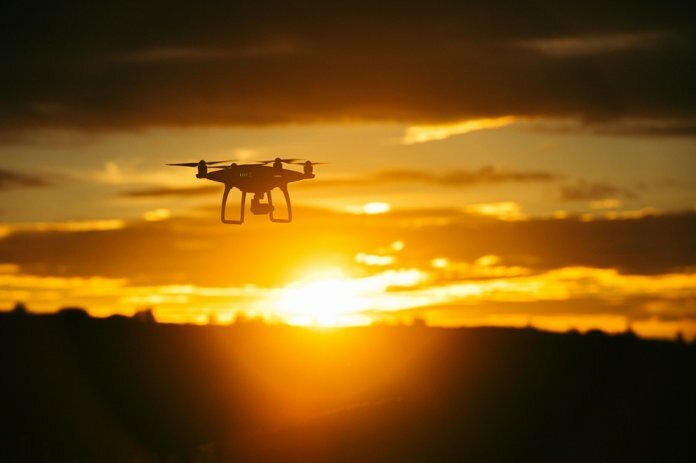This article originally appeared as a Verizon blog by Mariah Scott, president of Skyward, a Verizon company that provides software and consulting for companies that use drones commercially.
In February 2018, Corey Hitchcock traveled to Puerto Rico to assist crews from Georgia Power, Alabama Power and Mississippi Power with restoration efforts following the island’s devastation from Hurricane Maria.
This time, Hitchcock and unmanned aircraft system (UAS) pilots from Alabama Power and Georgia Power did something different. Together, they used drones to pull 72,000 feet of rope for conductor wire, saving weeks of time and an estimated $5.3 million.
“Simply put, UAS got the lights on months faster,” Hitchcock said. “The traditional method for repairing downed wires was to shoot a pilot rope over a tower with a potato gun.”
Hitchcock is the chief UAS pilot at Southern Co., one of the largest public utilities in the U.S., with over 9 million customers across 19 states. He is also one of more than 100,000 drone pilots who have obtained federal drone certification since the U.S. legalized drones for commercial use in 2016. Southern Co. is part of a vanguard – one of the 10% of medium and large companies that have adopted drones to operate more safely and efficiently.
“Drones have changed the energy landscape in a way that I didn’t foresee when we first started using the aircraft around the company,” said Hitchcock, who runs drone standardization and operations for the company. “Initially, I thought that we were just going to do utility inspections on vertical infrastructure, and that was it. I quickly found out that construction, mapping and coal pile analysis were other practical uses.”
But even for a company as forward-thinking as Southern Co., drones today are still one of many tools to get the job done – a cheaper, faster, safer and definitely cooler way to accomplish the same old tasks. 5G will change that.
Verizon 5G Ultra Wideband offers a huge advantage for drones because of its low latency and high bandwidth, two foundational elements required for autonomous drone flights; it will allow us to deploy right from the office and send back data and insights in real time.
For Hitchcock, 5G will be a game-changer: Instead of sending one drone and one operator out for each job, he’ll be able to deploy hundreds or even thousands of drones to inspect points all along Southern Co.’s 27,000 miles of transmission lines and receive a near-instant report of problem spots – as often as necessary.
There’s just one problem. Without a system for universal air traffic management – which would allow air traffic controllers and law enforcement to understand where drones are flying and for what purpose – utilities, telecommunications companies, engineering firms and freight carriers can’t safely deploy autonomous drones, even if they are connected to 5G.
Last September, I testified before the House Subcommittee on Aviation to help our representatives understand the technical and regulatory updates we need to realize the transformational power of drones. Part of the solution is a requirement for something called remote identification – a “digital license plate” for drones – whether flown for fun or commercially. Remote ID for drones would allow air traffic regulators and law enforcement to identify the pilot or operator of a drone that isn’t complying with regulations.
As a concept, remote ID is like the actual license plates that law enforcement use to identify the owner of a motor vehicle, but it’s most similar to the IP addresses that identify us when we connect to the internet.
In a Washington Post op-ed last summer, (former) Homeland Security Secretary Kirstjen Nielsen wrote, “Without congressional action, the U.S. government will remain unable to identify, track and mitigate weaponized or dangerous drones.”
Congress agreed, and in January, the FAA began the process of creating a pilot program with industry partners to test remote ID technologies. The FAA expects to announce remote ID rules later this year.
National security and maintaining safe airspace are important, but a requirement for remote ID will have other benefits, too.
Consistent standards for remote identification, deconfliction and communication will also allow aircraft and software to understand where other aircraft are and how to avoid each other. Achieving a universal system for air traffic management will allow for remote deployments on the network and for drone operations beyond visual line of sight – that’s when we’ll start seeing things like package delivery.
That’s also when Hitchcock will be able to deploy hundreds of drones at once to check up on all 27,000 miles of Southern Co.’s transmission lines and receive status reports in a matter of minutes.
Hitchcock sees even more benefits from applying this technology.
“The future of drone operations at Southern Co. involves 5G-connected aircraft that we can command and control from anywhere and eliminate the need for manned pilots to fly in dangerous environments.”








